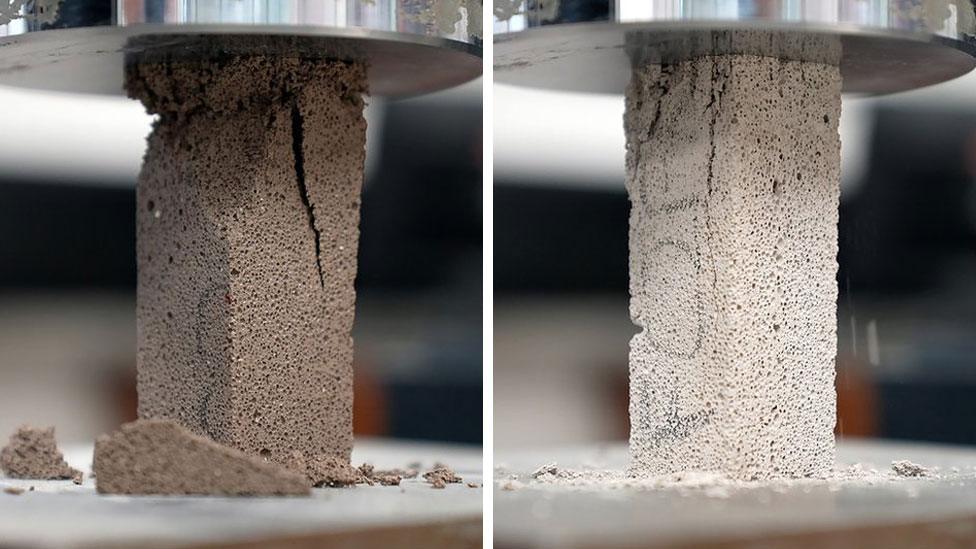Residents criticise council after RAAC found
- Published
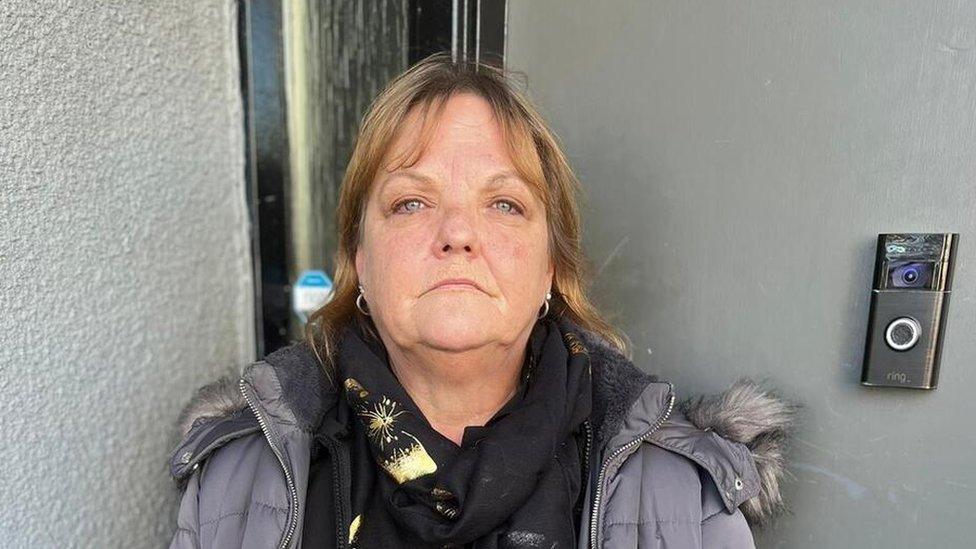
Lynn Winstanley said the council should take some responsibility
Aberdeen homeowners affected by potentially dangerous concrete have criticised the city council for failing to communicate with them.
Reinforced autoclaved aerated concrete (RAAC) was found to be in about 500 homes in the Balnagask area of Torry, including 364 council properties.
Hundreds of people were alerted to the problem on Thursday.
But homeowners say they felt "frustrated" and "like an after-thought" to the local authority.
Aberdeen City Council (ACC) said it would support its tenants and engage with owners and privately rented tenants to keep them informed.
The Scottish government has said it will continue to keep in close contact with the local council to ensure those affected receive the appropriate support.
RAAC is a cheap version of concrete that was used mostly in construction between the 1950s and 1990s.
It has a lifespan of about 30 years and concerns have mounted about the impact of water ingress on its safety.
The Health and Safety Executive (HSE) said it was now beyond its lifespan and may "collapse with little or no notice".
BBC Scotland News understands ACC hopes the majority of council tenants will be rehomed by the end of the summer.
But homeowners fear they will have to leave their homes or spend thousands on surveying and repairs.
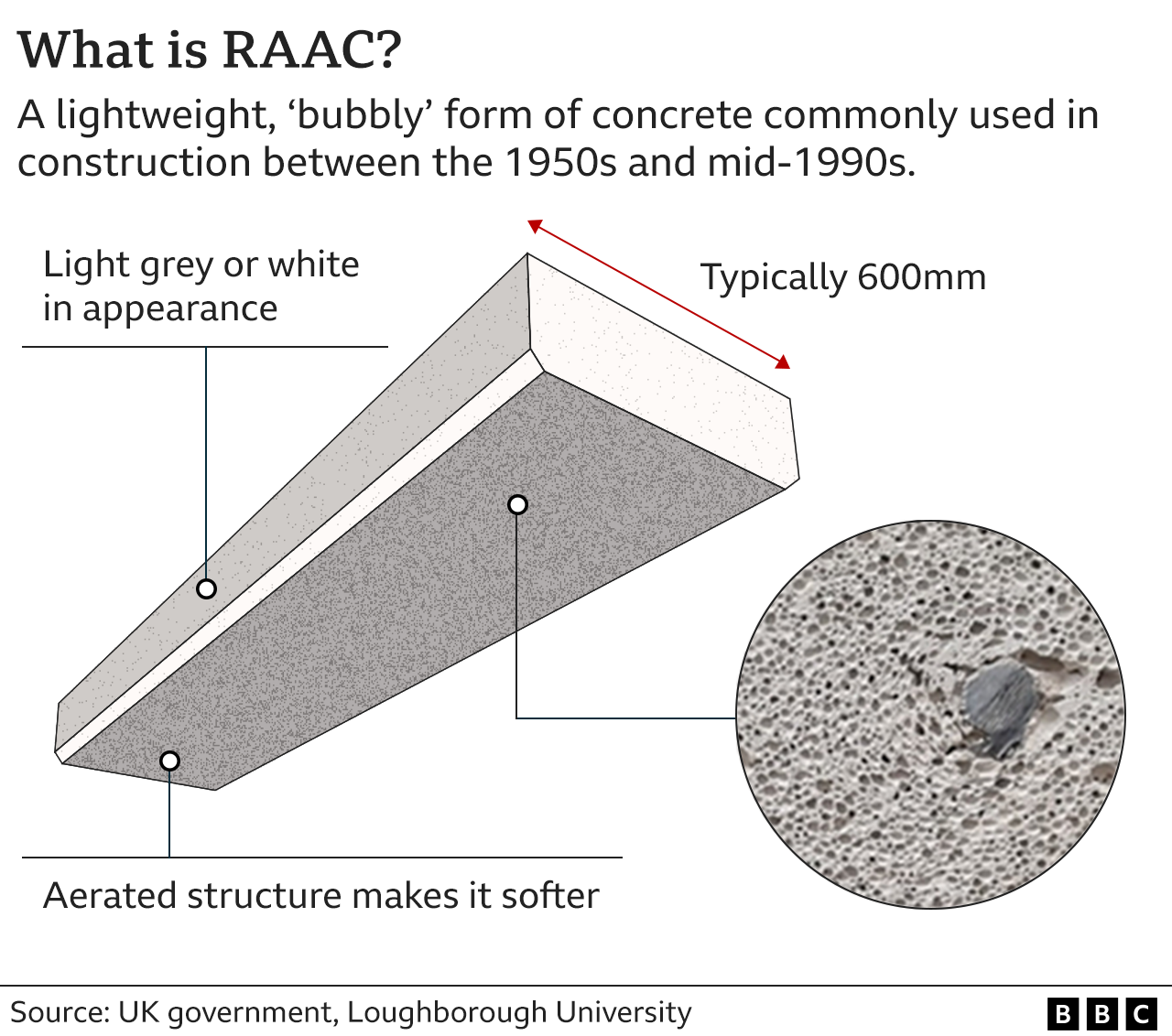
Lynn Winstanley, 62, moved into her property in Balnagask less than two years ago.
She told BBC Scotland the council had left them with very few options.
"It's very upsetting and it's not just me," she said. "Some people have lived here all their lives.
"Why weren't surveys done back then? The council must've known what these houses were made of."
'We get no help'
She said the letter from the council said homeowners would need to contact their insurers and any legal assistance, surveying or work needed would be at their own cost.
"So basically we get no help," she said. "How does that affect our mortgages? We can't go and rent somewhere, we've already got a mortgage."
When asked if the council was doing enough, Ms Winstanley said: "No. There are hundreds of people already on the housing list, how are they going to accommodate everyone?
"They're not giving us enough information. We don't know what to do."
She has since set up a group to ensure the affected homeowners can share information and seek support.
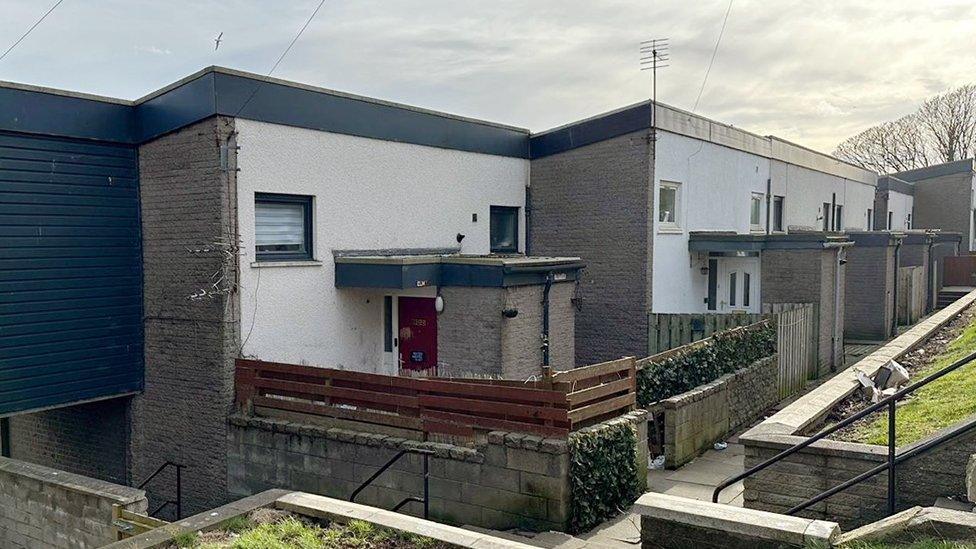
The concrete was found in homes in Aberdeen's Balnagask area
"I feel very frustrated and like we're an after-thought," she said.
"People have made these places their homes and now they're suddenly having to be uplifted and moved somewhere else.
"It's like starting all over again - and some people are not able to do it. Some people are not fit enough to do it."
Ms Winstanley urged the council to "step up and admit that they made a big mistake" by selling properties with RAAC.
"The council have made it clear they'll look after their tenants and I understand that," she added.
"But these houses were originally owned by the council - they surely owe that to the people who have bought their properties?"
Sandy McDonald, 73, has lived in his house in Balnagask for more than 30 years.
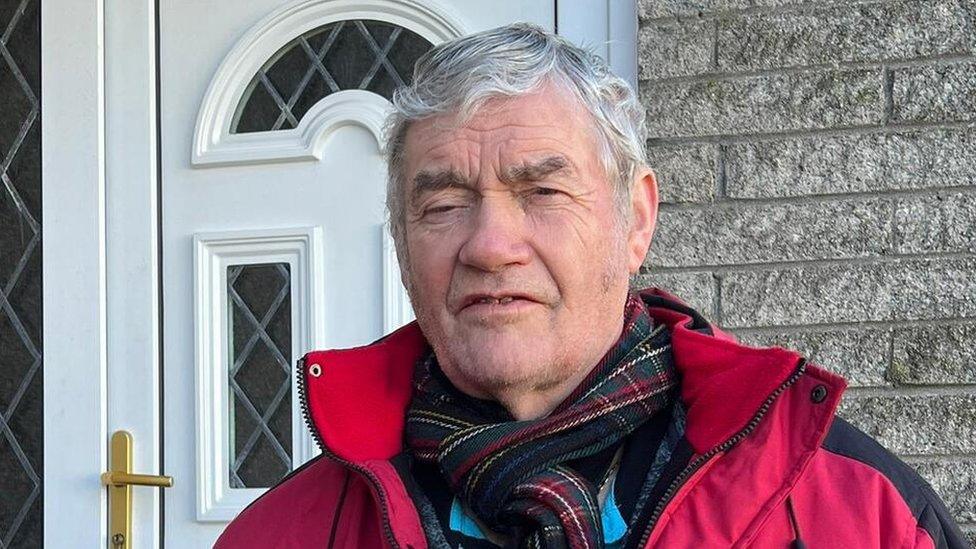
Sandy McDonald said he was shocked by the letter from Aberdeen City Council
He said his insurance told him they would not cover issues involving RAAC.
"I thought that's what building insurance was for," he said. "We don't know what going to happen to the value of the house.
"The letter said we have to move out for our own safety because the house might have RAAC, but it seems likely it does.
"But we don't know if we will have to move out, so we'll just have to wait and see. It's quite a shock."
He added: "Apparently the checks for RAAC can be quite expensive and involves a lot of holes in the roof, so we don't know what's going to happen."
Council advice, external recommends homeowners seek independent advice if they are concerned about the safety of their homes.
'Hugely challenging time'
Cllr Miranda Radley, convener of the communities, housing and public protection committee, said: "This is an incredibly difficult situation for everyone living in a RAAC affected property, but the council will be doing everything we can to support our tenants during this hugely challenging time.
"These are people's homes and we need to ensure we support our tenants, but also engage with owners and privately rented tenants, to keep them informed on this matter."
Council officers are currently exploring options for the long-term viability for the site, which include remedial works or demolition.
A detailed appraisal will be presented to the council within six months.
The Scottish government said Housing Minister Paul McLennan said they and the Scottish Housing Regulator will keep in contact with the council to ensure all of those affected receive the appropriate support.
Housing Minister Paul McLennan said: "The Scottish Government's Cross Sector Working Group continues to meet regularly to ensure knowledge and best practice can be shared across the those sectors affected by RAAC and we continue to engage with local authorities and social landlords to understand the extent of RAAC.
"We want everyone in Scotland to be safe in their homes, workplaces and other buildings," he added.
The Association of British Insurers advised that if a policyholder is concerned about RAAC in their building, they should contact their insurer as they may not be covered.
A spokesperson said: "Domestic buildings insurance policies are generally designed to cover damage from named perils such as storms, floods, subsidence or damage from theft.
"They're not intended to cover defects, cracking or collapse that might arise from the choice of building materials and so the use of RAAC may not be covered."
Related topics
- Published29 February 2024
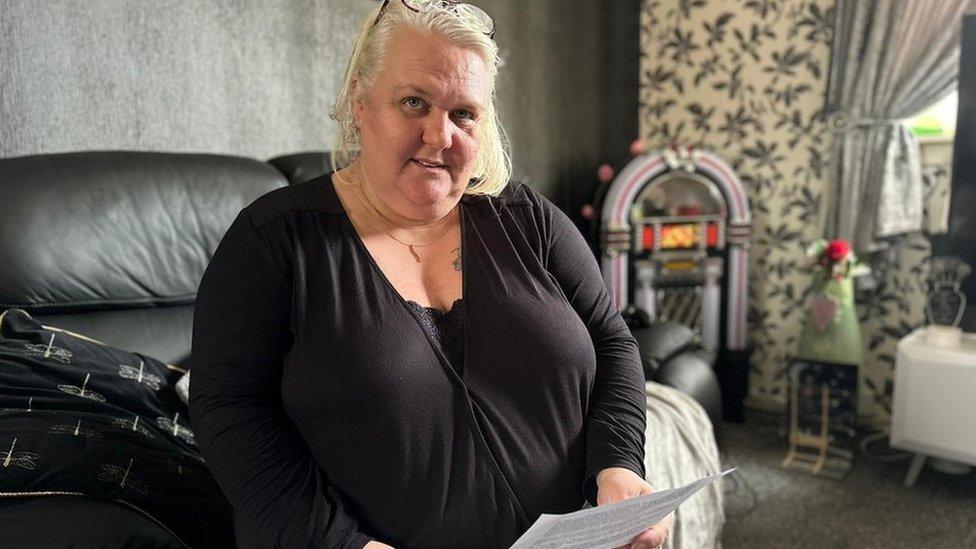
- Published3 October 2023
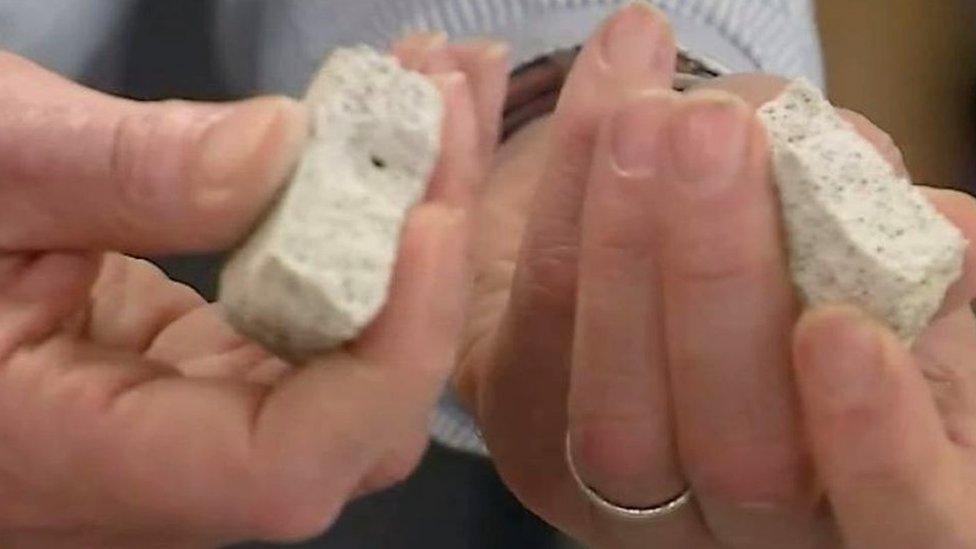
- Published6 September 2023
